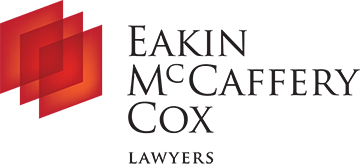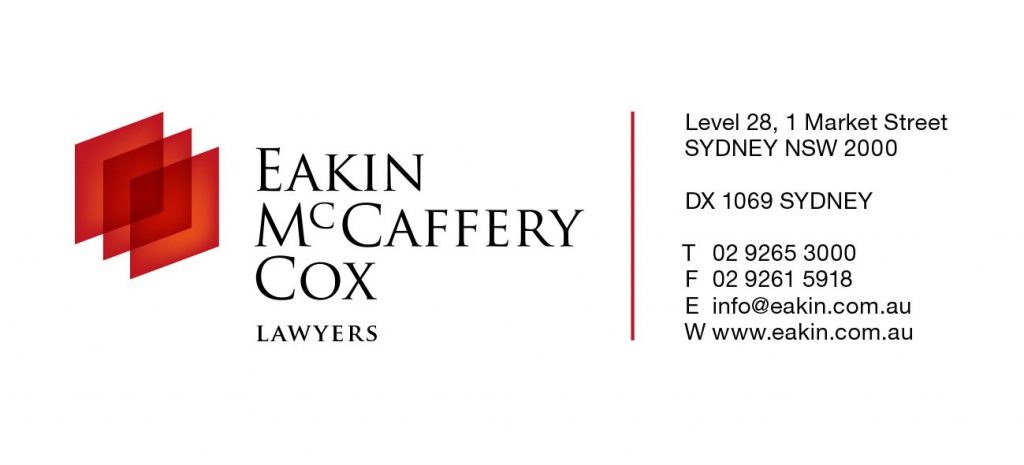In a recent case in the Supreme Court of NSW Justice Young granted relief against forfeiture in favour of a tenant who operated a nightclub in Kings Cross(Elevation (NSW) Pty Ltd v Uniting Church in Australia Property Trust (NSW) – [2014] NSWSC 331).
It wasn’t the first time there were difficulties between the landlord and the tenant with the landlord previously re-entering the premises for non-payment of rent in 2013. However, after that re-entry, a new lease agreement between the landlord and the tenant meant that the tenant could occupy the premises again.
Problems arose under that new lease with the tenant not making payments on time. The landlord re-entered the premises again in early 2014 and terminated the lease. The tenant commenced Court proceedings seeking relief against forfeiture and was successful.
The case has received some attention because of the comments made by Justice Young at the end of his judgment, namely, that because the tenant had now had 2 chances (by being let back into the premises twice), the tenant couldn’t count on a third chance being given in the future.
What is relief against forfeiture?
Relief against forfeiture (as it applies to leases) is where the Court makes orders that enable a tenant to return and occupy premises that had been re-entered by a landlord (usually after the tenant fails to pay rent).
Relief does not depend on any mistake, or failure, to properly act on the part of the landlord. In fact the landlord may act completely in accordance with the lease and the landlord’s contractual and legal rights in re-entering the premises.
The principle is really based on a matter of fairness, or equity, where a tenant should have its right to occupy premises restored by the Court if the tenant can prove it would be unfair not to allow the tenant to return to the premises. As part of asking the Court for that relief, the tenant will have to agree to put the landlord back in the same position it would have been in, if the breaches had not occurred.
How does it work?
Assuming a landlord has re-entered premises on a valid legal basis then the tenant may either:
- accept that it has lost the right to occupy the premises under its lease; or
- the tenant can consider commencing legal action seeking relief against forfeiture – the tenant potentially has this option even where the tenant is in serious breach of the lease.
If the tenant does commence proceedings then the tenant will be faced with the task of convincing a Judge that it would be equitable, or fair, to let the tenant back into the premises despite the tenant’s previous breaches of the lease.
As mentioned above, assuming the landlord has validly re-entered, then, amongst other things, the tenant will need to satisfy the Court that it will remedy the breaches (including paying all outstanding rent) and will not be in breach again.
The nature of the relief sought usually requires that any Court action be taken by the tenant quickly, as the landlord may be seeking new tenants, and any delay or new lease agreement with a new tenant may prevent the possibility of relief being granted.
How many times can a tenant get relief against forfeiture?
In the concluding paragraphs of the Elevation case Justice Young indicated that as the case concerned the second time the tenant was permitted to re-occupy after the landlord re-entered the premises, the Court would be unlikely to give relief if the landlord re-entered a third time.
It would be reading into the case too far to say that tenants should expect that they should be entitled to return to the premises twice after re-entry but not a third time.
The message conveyed in those comments were directed to the tenant in that case – to make it clear that the Court would have difficulty accepting that the tenant should be entitled to relief if there was a third default and re-entry.
Ultimately the discretionary nature of the relief means that a Court would consider, before granting relief, the likelihood of a tenant defaulting in the future. There is no limit under legislation or caselaw on the number of times relief can be granted, but, a Court is very unlikely to continue to give relief to the same tenant against the same landlord on multiple occasions. It is not a given that a Court will grant relief even on the first occasion of default and re-entry – it will be depend on the circumstances of the case.
The cost of proceedings like this; the requirement that the landlord be put back in the same position if the breach had not occurred; and, the lost potential income while the premises are not occupied; would usually mean that for defaulting tenants – once is enough.
Eakin McCaffery Cox Lawyers can help by advising and acting for you in all your property matters including negotiations and dispute resolution procedures on a cost effective basis. Please contact Eakin McCaffery Cox Lawyers on (02) 9265 3000 for advice and action on property matters including negotiation and dispute resolution, planning, Council and the Land & Environment Court matters.
This paper is a summary providing general information and should not be construed as specific legal advice.






